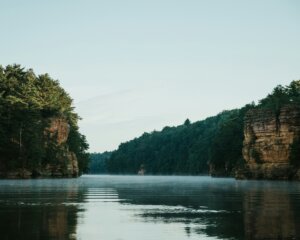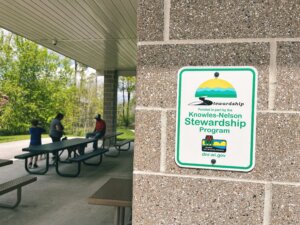WORT reported on the oral arguments presented before the Wisconsin Supreme Court that the Republican-controlled Joint Finance Committee’s (JFC) is violating the separation of powers between the executive and legislative branches. The lawsuit, brought forth by Governor Tony Evers, challenges the JFC’s authority to indefinitely stall Knowles-Nelson Stewardship Program requests exceeding $250,000. The ruling could shape the future of state government.
During the hearing, Justice Karofsky questioned the seemingly unchecked power of the JFC to veto proposals without any guardrails or accountability.
“I don’t understand what processes, what procedures, what policy determinations the Joint Finance Committee needs to make in order to veto a proposal,” Justice Karofsky remarked. “There doesn’t seem to me to be any limits whatsoever. There are zero guardrails here!”
The governor’s attorney argued that allowing the legislative branch to both make the law and control its execution poses a threat to individual liberty and goes against the principles of separation of powers. When asked by conservative justices if curtailing JFC veto power would also limit the veto powers of other legislative committees, the governor’s attorney responded affirmatively.
Several groups filed amicus briefs, also known as “friend of the court” briefs, supporting Governor Evers’ position in the case. These legal documents are submitted by outside parties that have an interest in the case but are not directly involved as plaintiffs or defendants. In one such brief, attorneys from the UW Law School’s State Democracy Research Initiative asserted that the Joint Finance Committee (JFC) has established itself as a fourth branch of government, with its quorum rules granting enormous power to a small group of individuals. The JFC consists of just 16 members out of the 132 total legislators, and a quorum can be achieved with only five members present.
The Supreme Court’s ruling on this case, expected sometime this summer, will have significant implications for the future of Wisconsin’s governance and the Knowles-Nelson Stewardship Program’s ability to protect the state’s natural resources.
Featured image by Justin Kern, 2009.










